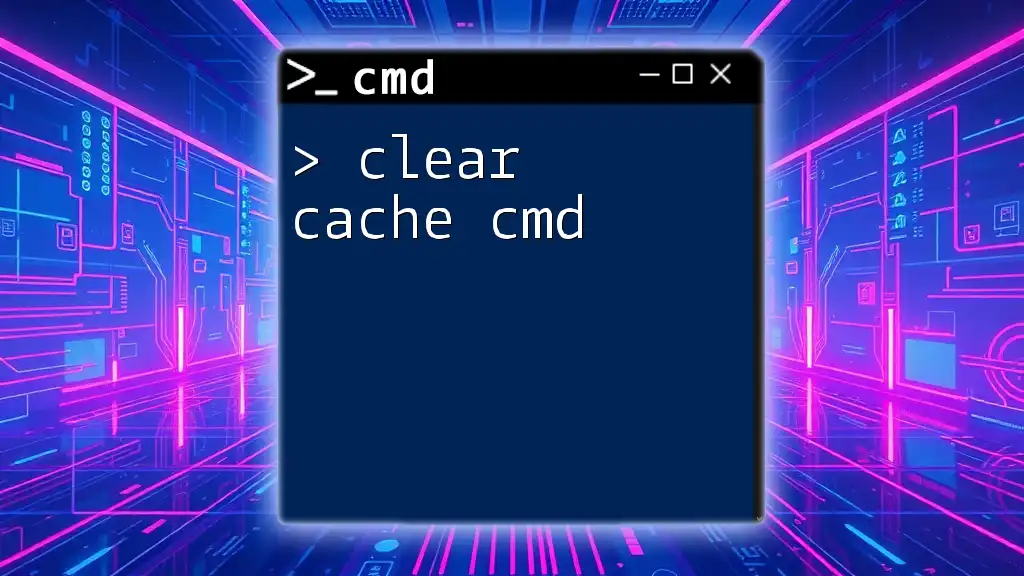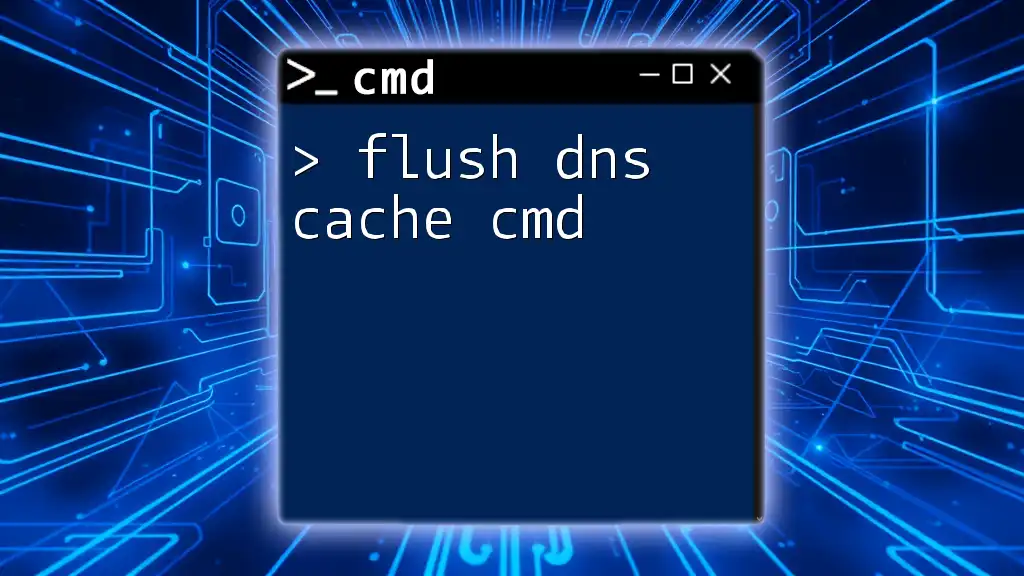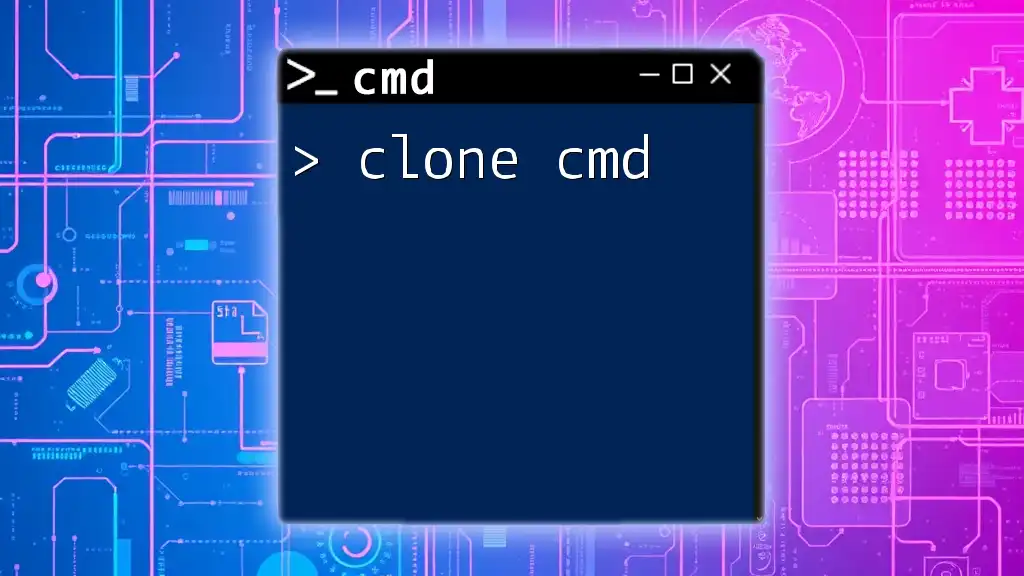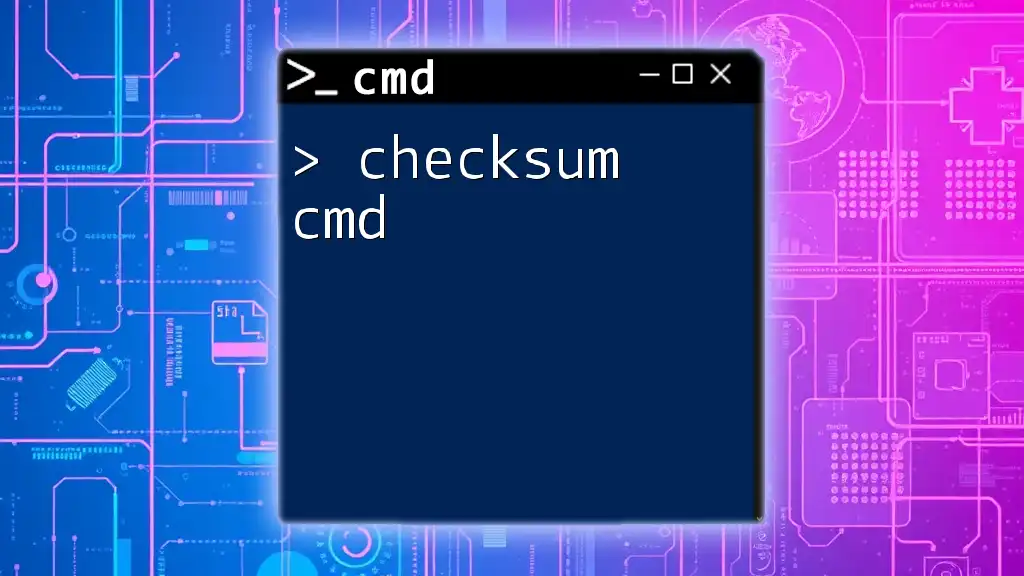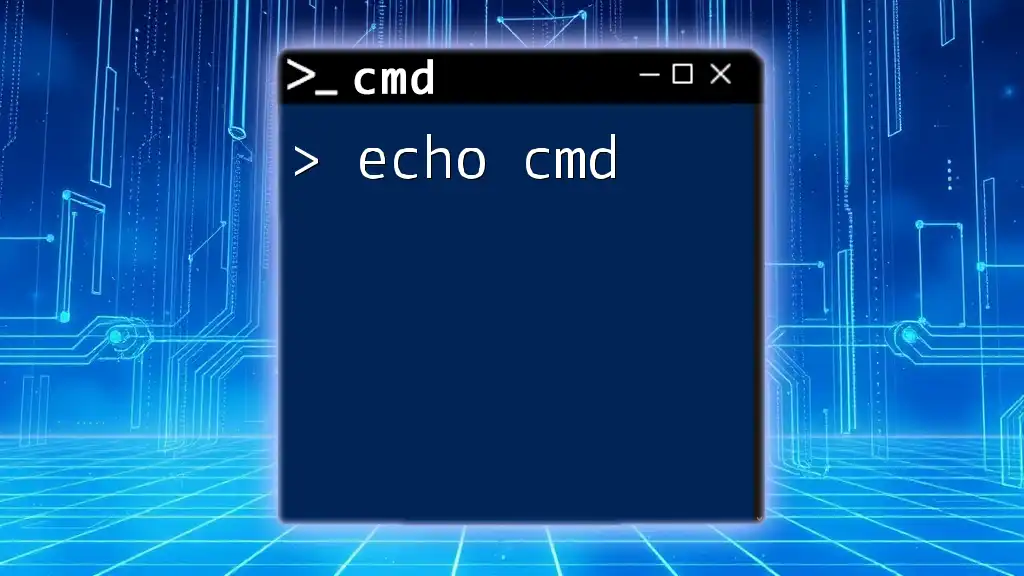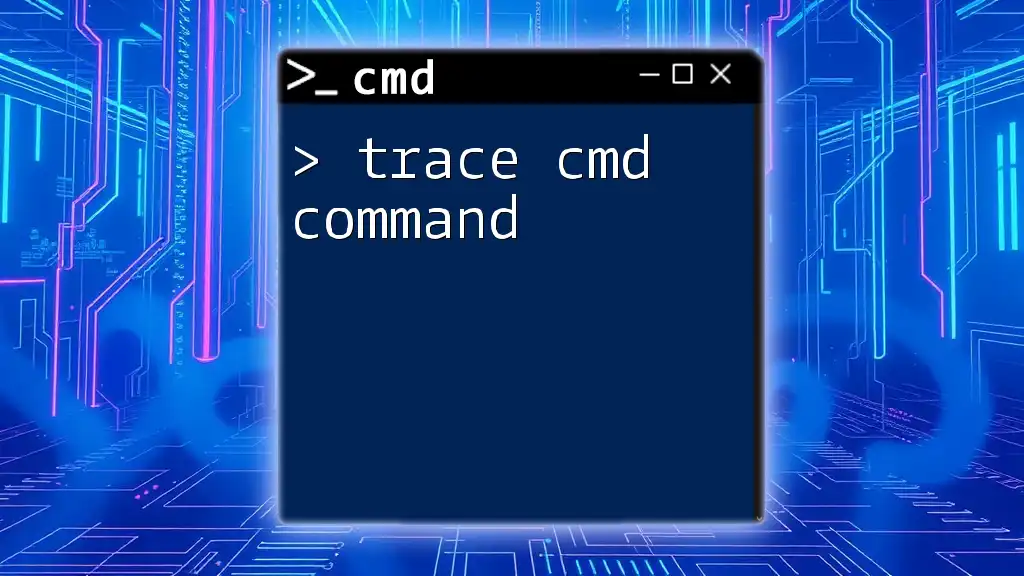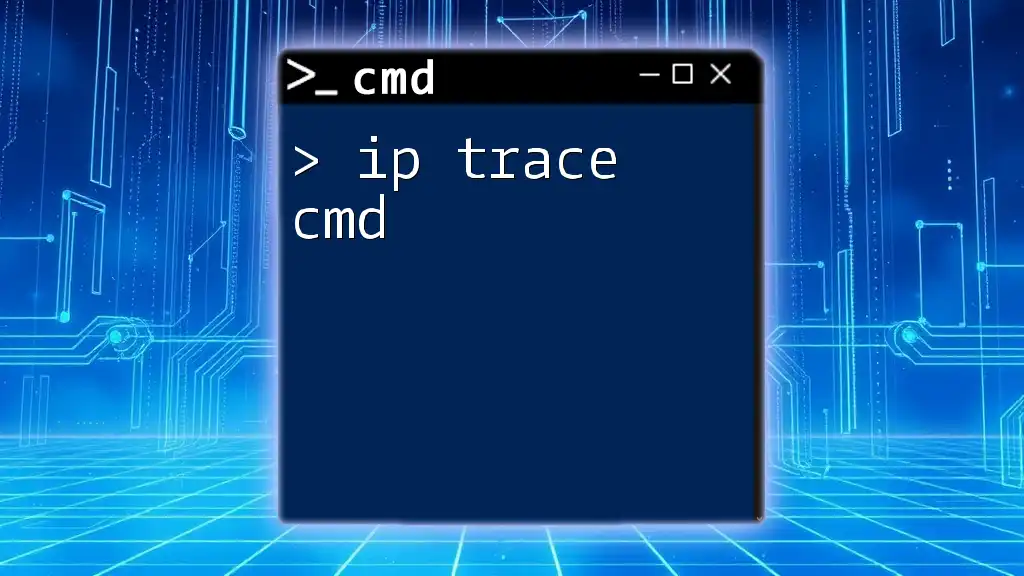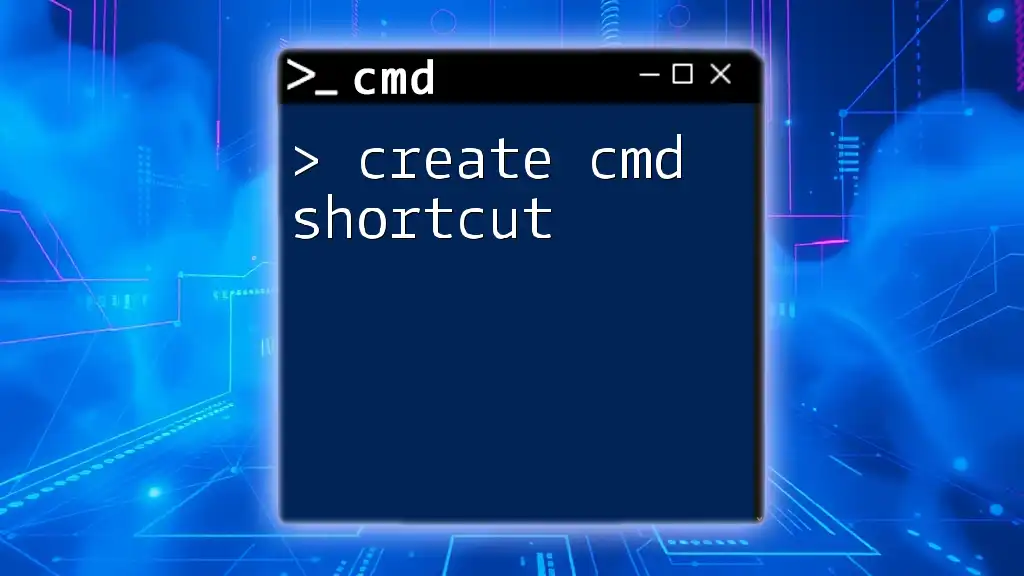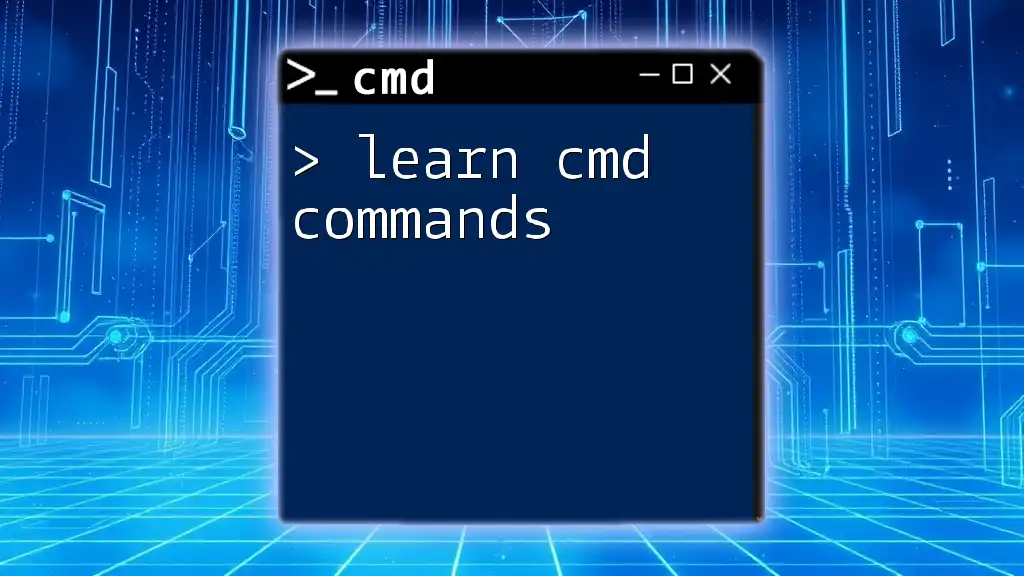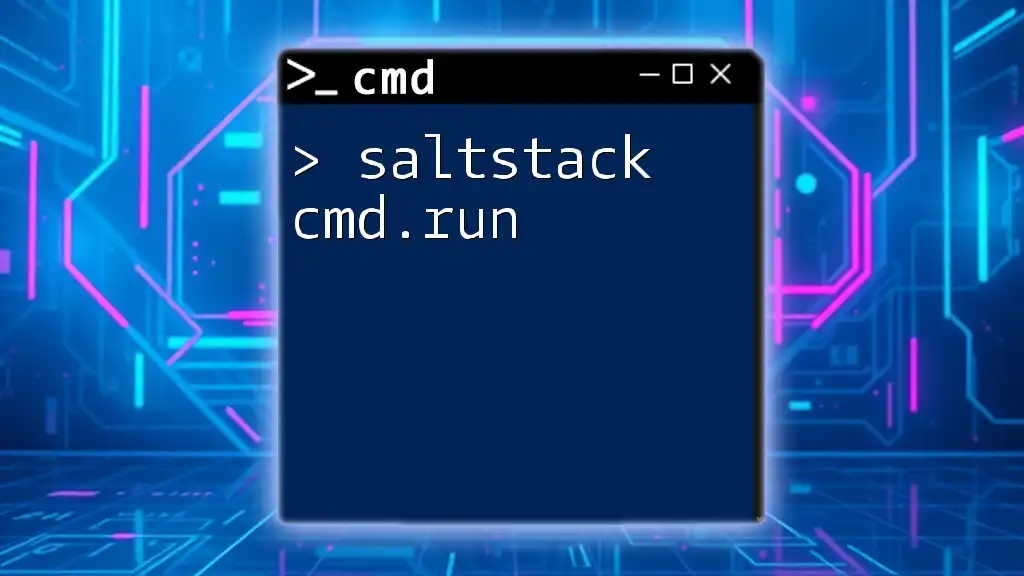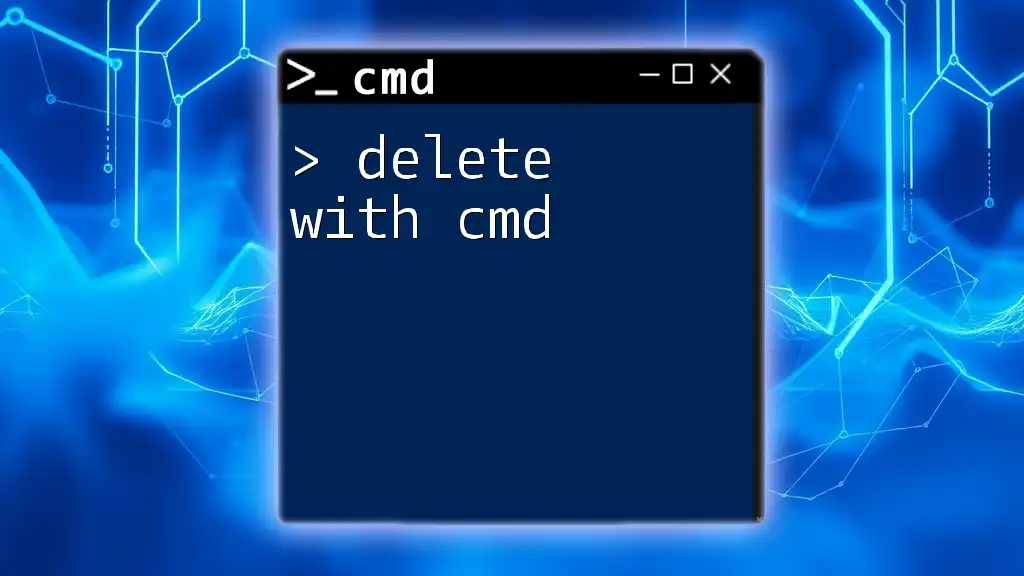To clear the DNS cache in Windows using the Command Prompt, you can use the following command:
ipconfig /flushdns
What is Cache?
Cache is a form of temporary storage that helps speed up data retrieval processes. It is essential in computing as it optimizes performance by reducing the time it takes to access frequently used data. When you utilize applications or browse the internet, the system saves this data in cache for quick recall.
Types of Cache
- Browser Cache: This cache stores static web resources, such as images and stylesheets, allowing quicker page loading times on subsequent visits.
- System Cache: Used by the operating system and applications to make data access more efficient.
- DNS Cache: Saves DNS lookup information, which allows for faster domain name resolution.
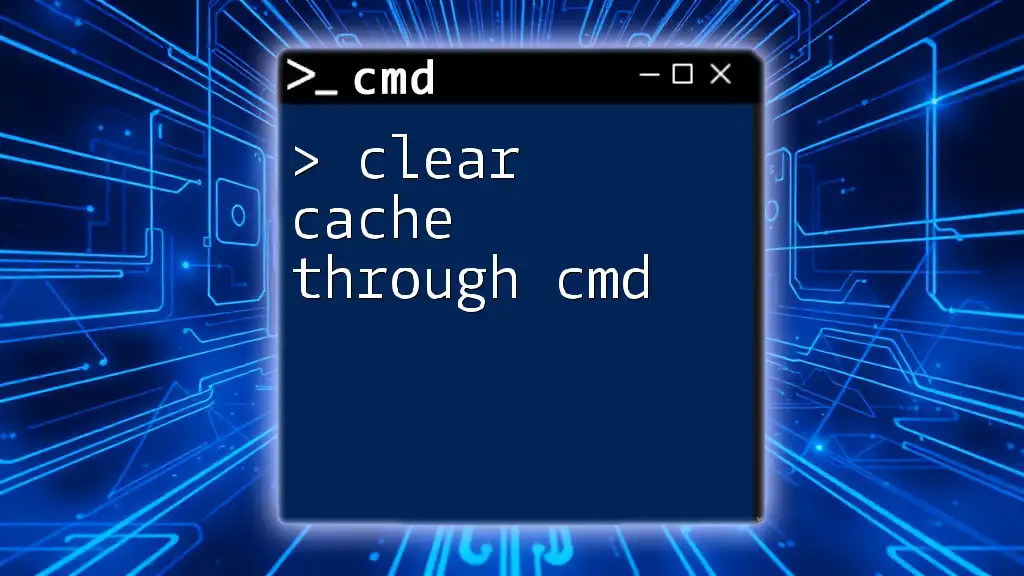
Why Clear Cache?
Clearing cache can yield several benefits:
- Frees Up Storage Space: Regular cache clearing can recover disk space consumed by temporary files.
- Resolves Issues: It helps fix loading problems or glitches in applications that may arise from outdated or corrupted cached data.
- Improves Performance: A clean cache can enhance system performance by ensuring that applications are utilizing the latest data.
However, there are potential risks when clearing cache, including a temporary slowdown as the system rebuilds cache and the possible loss of saved preferences or settings.
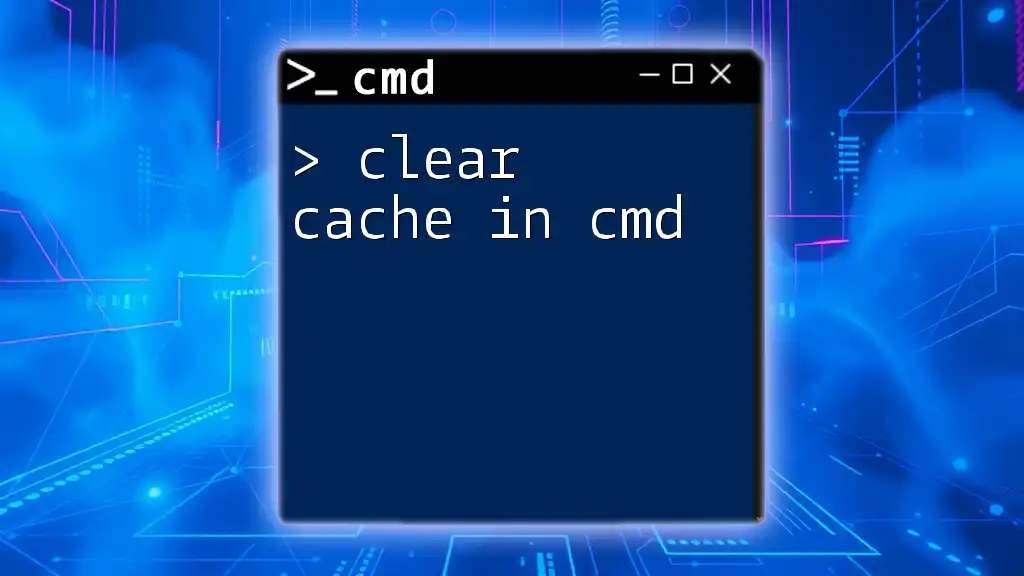
How to Clear System Cache Using CMD
Opening CMD
To utilize CMD for cache clearing, first, you need to open the Command Prompt:
- Press `Windows + R`, type `cmd`, and hit Enter.
- Alternatively, you can search for "Command Prompt" in the Start menu for easier access.
Clearing Temporary Files
Temporary files can quickly accumulate and take up significant disk space. To clear these using CMD, you can run the following command:
del /q/f/s %TEMP%\*
Explanation of the Command:
- `del`: This command is used to delete files.
- `/q`: Engages quiet mode, which suppresses confirmation prompts.
- `/f`: Forces the deletion of read-only files without any warning.
- `/s`: Deletes files from all subdirectories within the TEMP folder.
Example:
Before executing the above command, check the size of the TEMP folder. After running the command, you should see a notable reduction in the folder size, illustrating the efficiency of this method in freeing up disk space.
Clear Windows Cache
For a more comprehensive cleanup of your Windows cache, use the Disk Cleanup utility accessible through CMD with the following command:
cleanmgr
Explanation of the Command:
This command launches the Disk Cleanup utility, allowing the user to select the types of cache and other files to clear.
Instructions for Use:
- Select the drive you wish to clean.
- A dialog will appear, displaying various cleanup options including temporary files, system files, and more.
- Choose the cache options to clear, and click "OK" to initiate the cleanup.
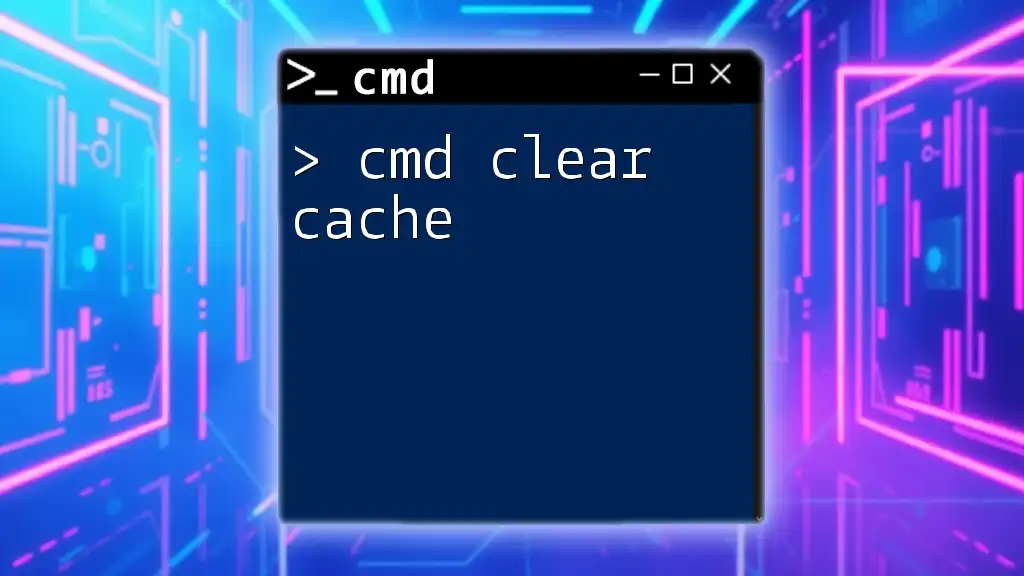
How to Clear DNS Cache Using CMD
Introduction to DNS Cache
DNS cache serves a critical purpose in streamlining internet browsing. It stores the IP addresses of websites you have visited, allowing for faster access on future visits.
Clearing DNS Cache
To clear your DNS cache effectively, utilize the CMD command:
ipconfig /flushdns
Explanation of the Command:
- `ipconfig`: This command displays all current TCP/IP network configurations.
- `/flushdns`: This specific parameter clears the DNS resolver cache.
Example Performance Improvement:
Flushing your DNS can resolve connectivity issues caused by stale data and improve access to frequently visited sites. It is particularly beneficial when experiencing problems with page loading or domain name resolution.
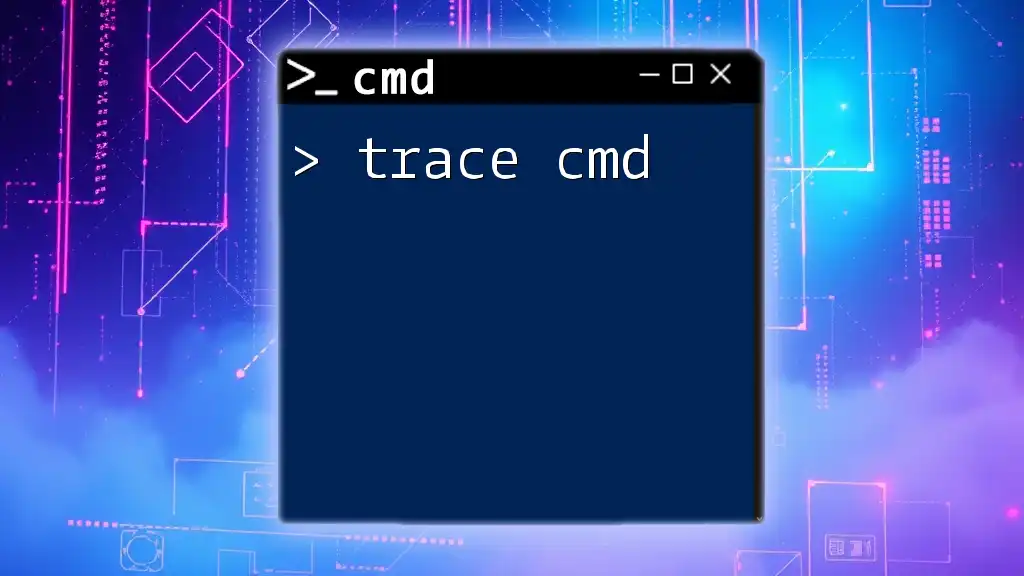
Additional Cache Clearing Commands
In addition to clearing cache, CMD offers powerful tools for system maintenance:
Using Built-in CMD Tools
-
DISM Command: For maintaining and repairing Windows images, you can use:
DISM /Online /Cleanup-Image /RestoreHealth -
SFC Command: To scan and restore system files, run:
sfc /scannow
These commands help ensure that both the system and applications run smoothly, further enhancing performance.
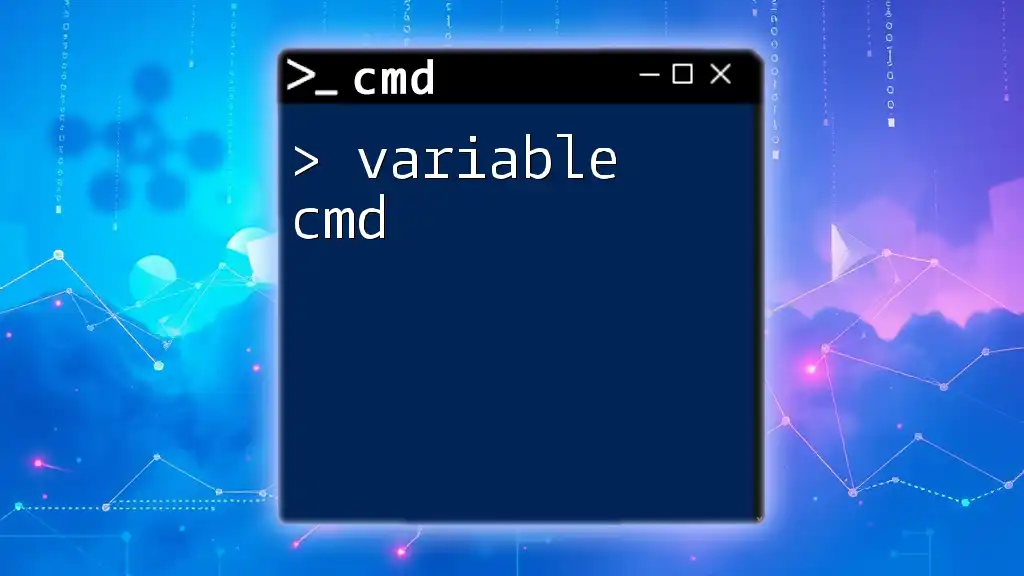
Best Practices for Managing Cache
Establishing a routine for cache management is beneficial for overall system health:
-
Regular Maintenance: Schedule regular sessions for cache clearing to avoid excessive buildup. This ensures optimal performance and storage management.
-
Monitoring Disk Space: Utilize Windows’ built-in tools to keep an eye on disk space usage. This monitoring allows you to understand the impact of cache on your available space.
-
Tips for Efficient Usage: Educate yourself on when and why to clear cache, ensuring that you strike a balance between maintaining system performance and keeping necessary cached data.

When Not to Clear Cache
While clearing cache is beneficial, there are certain situations where it might not be advisable:
-
Avoid clearing cache in applications that are regularly used and depend on cached data for optimal functionality, such as gaming platforms.
-
If you notice that specific settings are crucial to your work or gaming experience, consider delaying cache clearing until after you complete important tasks.
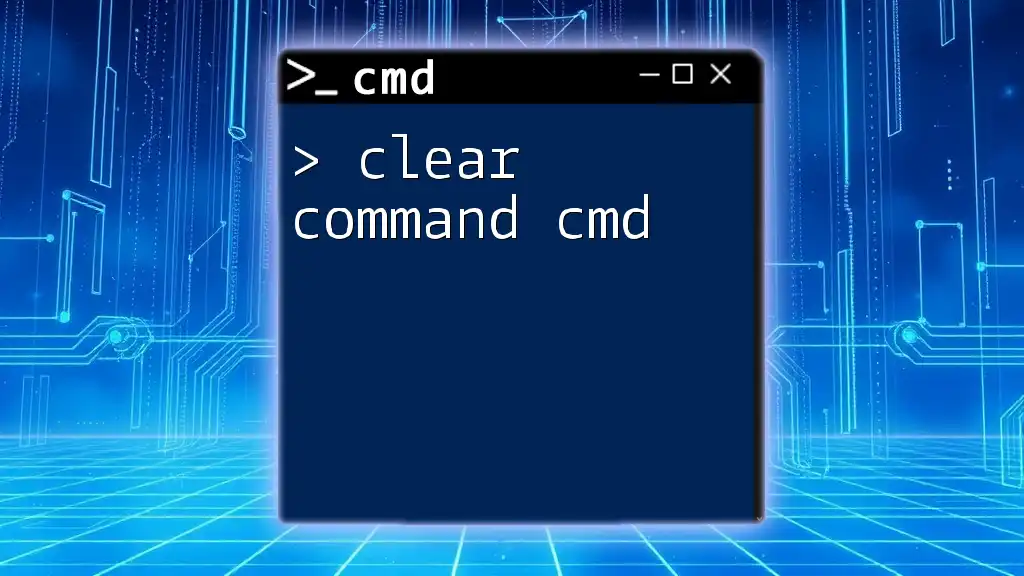
Conclusion
Understanding cache management and the role of CMD in clearing cache is crucial for maintaining an efficient and effective computing environment. Whether you are freeing up storage, resolving issues, or improving system performance, the commands discussed in this guide will empower you to manage cache effectively. Experiment with the commands, and feel free to explore more topics related to CMD to enhance your computing skills further.

Additional Resources
For more information, links to CMD command references, and useful tools for cache management, make sure to stay updated with the latest tutorials and guides tailored to your needs. Your feedback is invaluable as you navigate your learning journey!

